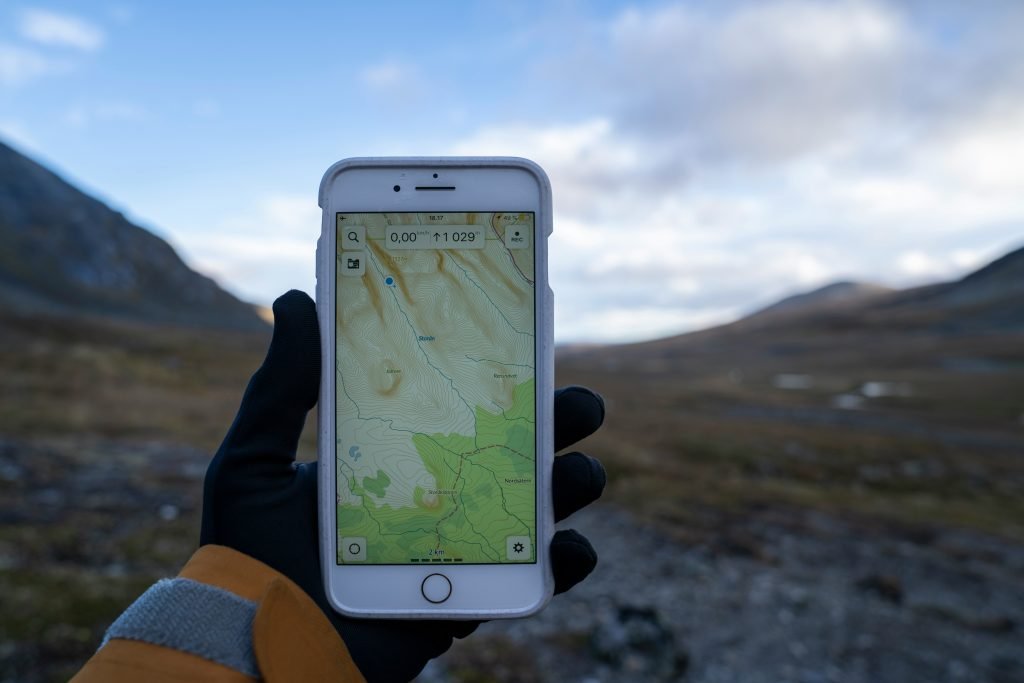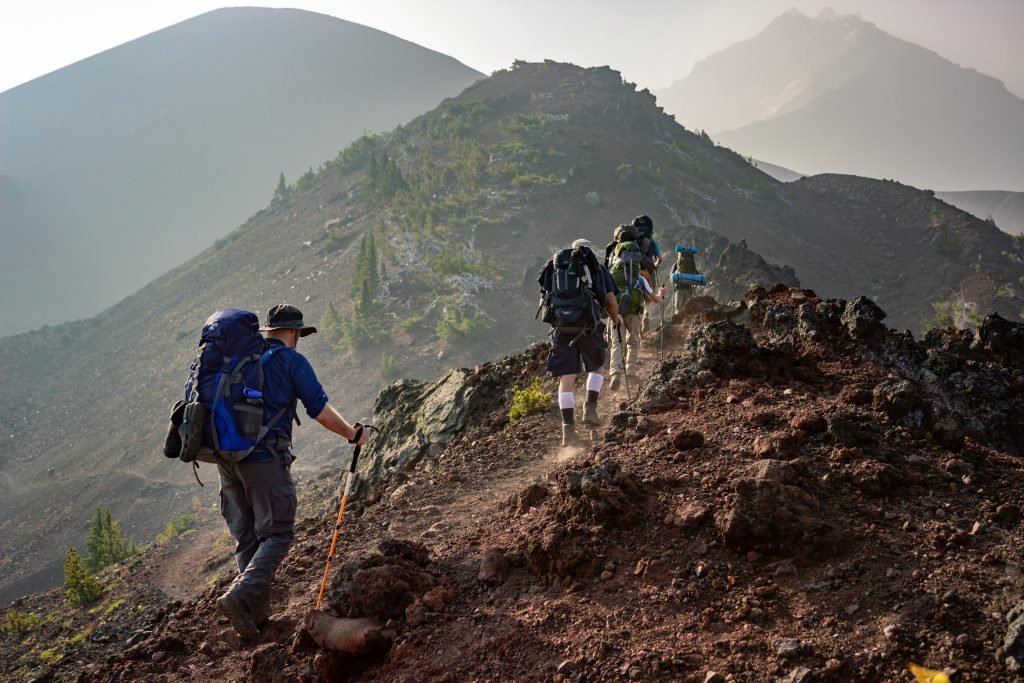For hikers, backpackers, and trail runners venturing into America’s wilderness, planning the perfect route has long relied on maps, guidebooks, and instinct. Now, artificial intelligence (AI) is revolutionizing this process, offering precision, safety, and flexibility through advanced navigation tools. From charting trails to dodging unexpected obstacles, AI-powered apps are reshaping how outdoor enthusiasts explore, delivering smarter routes while raising questions about data accuracy and over-reliance.

Precision Through AI Navigation
AI route planning harnesses machine learning and real-time data to craft tailored paths for outdoor adventures. Apps like AllTrails, Gaia GPS, and Komoot analyze terrain, elevation, trail conditions, and user preferences to recommend optimal routes, whether for a day hike in the Rockies or a multi-day trek in the Appalachians. Unlike static maps, AI adjusts dynamically, factoring in variables like weather or trail traffic. A 2023 study estimated that AI navigation apps cut planning time by 20% compared to manual methods, freeing adventurers to focus on the journey.
The technology’s strength lies in its ability to personalize. For a hiker seeking a scenic loop with minimal elevation gain, AI can suggest a route with panoramic views and gentle slopes. Trail runners might receive a path optimized for speed and stability, avoiding rocky sections. By processing satellite imagery, GPS data, and user feedback, AI ensures routes match skill levels and goals, making trip preparation more efficient and intuitive.

Boosting Safety on the Trail
Safety is a cornerstone of AI’s impact. Real-time adaptability allows apps to reroute users around sudden hazards, such as flooded streams or fallen trees, ensuring safer navigation in dynamic wilderness settings. For example, an app might redirect a backpacker from a storm-prone ridge to a sheltered valley trail, using weather API data. Crowdsourced reports enhance this, with users flagging obstacles like washed-out bridges, instantly updating routes for others.
AI also delivers critical alerts, such as warnings about wildlife activity or extreme weather, helping adventurers avoid risks. For instance, a hiker in bear country might receive a notification about recent sightings, prompting a route change. These features empower users to make informed decisions, reducing the likelihood of accidents or stranding, particularly in remote areas where help is far off.
Expanding Accessibility for All
AI navigation broadens access to the outdoors by catering to diverse abilities and interests. Beginners benefit from beginner-friendly routes with clear markers and moderate terrain, while seasoned adventurers can explore challenging paths tailored to their expertise. Apps can also recommend accessible trails for those with mobility limitations, incorporating data on trail surfaces or amenities.
The technology’s user-friendly interfaces democratize route planning. Touchscreen maps, voice-guided directions, and customizable filters make navigation intuitive, even for those new to outdoor sports. By simplifying the process, AI encourages more people to hit the trails, fostering a deeper connection with nature across skill levels.

Challenges and Limitations
Despite its advantages, AI route planning has drawbacks. Data accuracy remains a hurdle: up to 30% of mapping data expires annually, leading to errors like outdated trail statuses or incorrect waypoints. A hiker might be guided to a closed trailhead or a nonexistent campsite, requiring manual verification through park websites or local sources. In areas with poor cell service, common in backcountry settings, apps reliant on real-time data may fail without robust offline capabilities.
Privacy is another concern. AI apps often collect location data and user preferences, raising questions about how this information is stored or shared. Enthusiasts valuing solitude worry about potential misuse, prompting calls for transparent data policies from app developers.
Perhaps the biggest critique is the risk of over-reliance. AI can streamline planning, but it can’t replicate the intuition of reading terrain or interpreting subtle trail signs. Adventurers caution that over-dependence on apps may erode traditional navigation skills, like using a compass or topographic map, which remain vital in unpredictable wilderness settings.
Looking to the Future
The future of AI in outdoor route planning holds exciting possibilities. Emerging technologies, like IoT sensors or satellite-based trail monitoring, could provide even more granular data, alerting users to real-time changes like mudslides or overcrowding. Integration with wearable devices might offer personalized pacing suggestions or hydration reminders, enhancing performance and comfort.
Yet, adventurers emphasize that AI is a tool, not a guide. The best outcomes arise from blending technology with human judgment—cross-checking app suggestions with physical maps or local knowledge. As AI navigation evolves, its success will depend on improving data accuracy, safeguarding privacy, and respecting the outdoor ethos of self-reliance.
For now, AI is empowering hikers, backpackers, and trail runners to explore with greater confidence and ease. From safer routes to accessible trails, it’s reshaping how enthusiasts navigate America’s wild spaces. As one adventurer put it, “AI helps you plan the path, but the trail still teaches you how to walk it.”
Sources: industry reports on AI navigation (2024).
Return to the Outdoor Observer homepage for more outdoor articles



